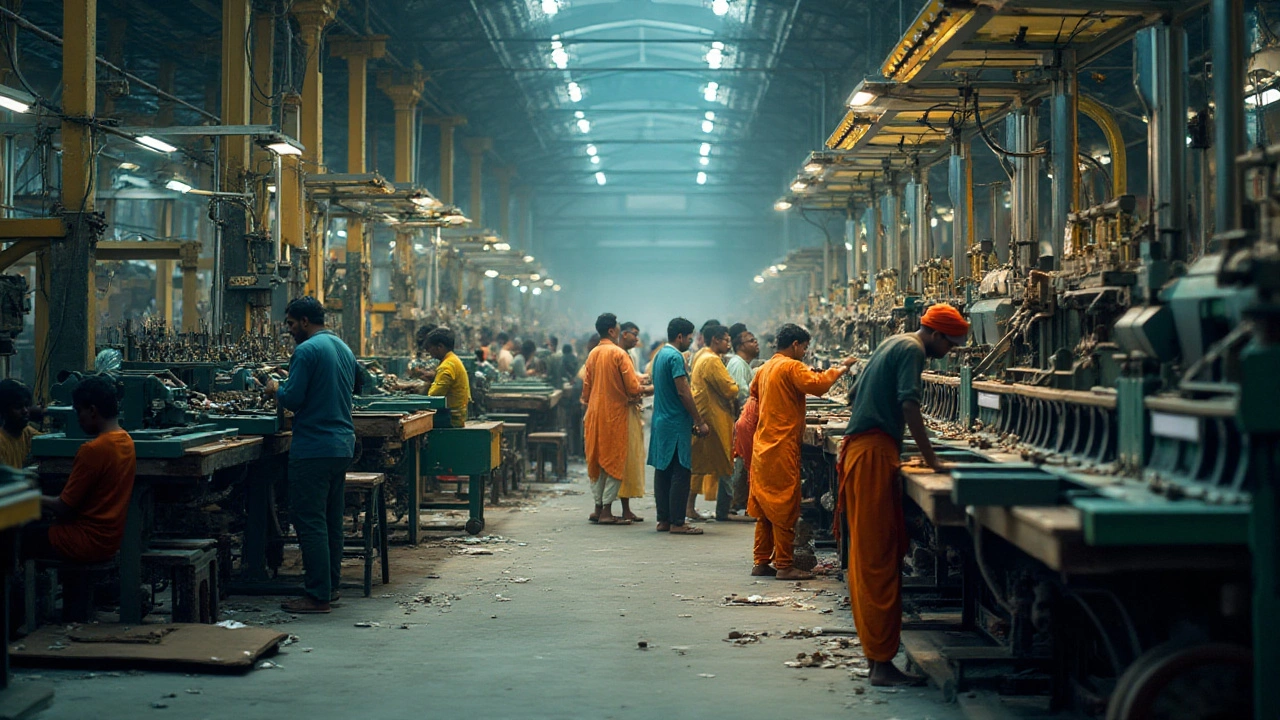Manufacturing Business Ideas: Real Ways to Start a Profitable Factory
If you’re thinking about turning a garage space into a money‑making workshop, you’re in the right place. The manufacturing world isn’t just for huge corporations; small players can earn big by picking the right niche and keeping costs low. Below you’ll find practical ideas you can start with little cash, plus the three cost traps most new makers run into.
Top Low‑Cost Manufacturing Ideas
These are the kinds of products you can produce with basic tools, cheap raw material, and a bit of hustle:
- Eco‑friendly packaging. Re‑usable bags, biodegradable boxes, and simple cardboard inserts need only a cutting machine and a roll of paper.
- Hand‑crafted accessories. Jewelry, keychains, or phone‑case holders can be made from resin, wood, or polymer clay and sold on online marketplaces.
- Custom printed T‑shirts. A small screen‑printing setup lets you create designs on‑demand, avoiding inventory that ties up cash.
- Home‑brew cleaning supplies. Mix vinegar, baking soda, and essential oils; bottle them in reusable containers and market them as green alternatives.
- Small‑scale metal parts. A benchtop CNC router lets you cut and shape brackets, brackets, or decorative pieces for local businesses.
All of these ideas work because the raw material cost is low and the selling price can be high enough to cover a modest profit margin. The key is to start with a single product, perfect the process, then expand.
Key Costs to Watch in Your New Factory
Even a tiny operation hits three major expense buckets that can wipe out profits if you’re not careful:
- Equipment. A decent CNC, a heat press, or a small injection‑mold machine can cost a few thousand dollars. Lease or buy second‑hand to keep the outlay down.
- Labor. You might think you can do everything yourself, but as orders grow you’ll need help. Plan for part‑time wages or apprenticeships early.
- Facility overhead. Rent, utilities, and insurance add up fast. A shared workshop or a light‑industrial space can halve these costs.
Once you know where the money goes, you can prioritize spending on what truly drives sales—like better marketing or faster production cycles.
Another quick win is to flip high‑margin items you already have access to. For example, buying bulk raw plastic and turning it into custom phone‑cases can yield a 60‑70% markup. The same logic applies to repurposing scrap metal into decorative art or up‑cycling old furniture into modern home decor.
Finally, don’t overlook the power of a solid pitch. When you approach a larger manufacturer for partnership, show them a clear process map, a prototype, and realistic cost numbers. A concise, confident presentation can open doors to bulk orders and shared tooling.
Starting a manufacturing business doesn’t have to mean draining your savings. Pick a low‑investment idea, keep an eye on equipment, labor, and facility costs, and use smart selling tactics to grow fast. Your factory could be the next hidden gem in the market—just start building it today.
















